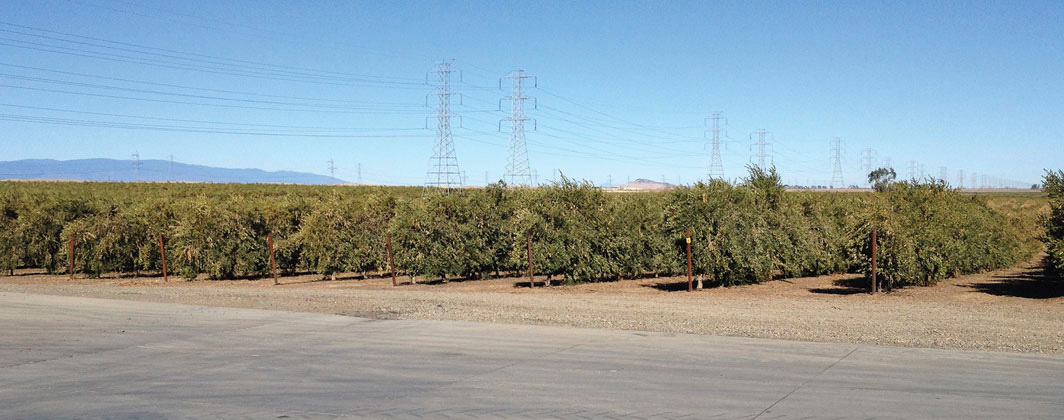California is legendary for its capacity to grow a variety of foods. Many crops native to Europe and elsewhere have flourished when introduced to the mild California climate and its rich soil—everything from wine grapes to avocados. Recently, another crop has emerged from California's prolific fields to be made into a common product typically produced outside the U.S.—olive oil. According to data from the International Olive Council, worldwide olive oil production has doubled since 1990, from 1.5 million to more than 3 million metric tons. During the same period, U.S. imports have tripled from 100,000 to 300,000 metric tons. One producer of high-quality, American-grown olive oil is California Olive Ranch (COR). Its Artois orchard sits on approximately 1,400 acres in the Sacramento Valley, but the company processes a total of approximately 13,000 acres of orchards. COR and its growers take steps to grow the olives sustainably. For example, they recycle water when possible, use drip irrigation, mulch tree trimmings back into the field and put leftover olive pits to use. These olives are much smaller and are produced specifically for their oil. The mill fires up when the olive harvest begins, typically in mid-October, and runs 24/7 for approximately 45 days until the harvest is over. Within hours of being harvested, the olives are sent to COR's facility in Artois where they are milled. This process includes washing the olives, grinding them into a paste and separating the oil from solids and water. After the olives are milled and the oil is extracted, some of it is bottled immediately and marketed as a fresh specialty oil. The rest of it is "racked," a process of storing the oil in large steel tanks to let the remaining organic matter settle out. COR's tank farm is housed in half of a 30,000-square-foot facility that was built in 2010. The other half of the facility is home to COR's packaging lines. Although the freshly harvested olives are processed in a relatively short time, the racking process continues year-round. After the oil has been racked, it is drained from the tank to be bottled. What is left in the bottom of the tanks is olive sludge and sediment. After the olive oil has been drained, the tanks must be cleaned. "Olive oil doesn't have the microbiological risk as does, for example, dairy. But the material itself is the challenge," said Logan Jennings, plant operations manager for COR. A hot, highly caustic cleaning solution is mixed outside the production facility in a clean-in-place (CIP) skid. It is then pumped to the plant floor to clean the tanks. The hot cleaning fluid is eventually pumped to the waste treatment system by one of two pumps. One pump is located in a sump under the CIP skid to collect any overflow or spillage from the CIP system. Another pump is housed in a small sump in the plant floor to collect all of the floor drainage from the facility—any spillage from the CIP process or other liquid—as well as occasional cardboard pieces, small chunks of wood and glass. The sump can hold between 800 and 1,000 gallons of liquid.
 Image 1. The California Olive Ranch, located in the lush Sacramento Valley, uses a high-density method of planting trees to get a greater yield from its olive orchards. (Images courtesy of BJM Corp.)
Image 1. The California Olive Ranch, located in the lush Sacramento Valley, uses a high-density method of planting trees to get a greater yield from its olive orchards. (Images courtesy of BJM Corp.).jpg) Image 2. One of two pumps installed at the California Olive Ranch sits in this sump in the plant floor collecting drainage from the 30,000-square-foot tank farm and production facility.
Image 2. One of two pumps installed at the California Olive Ranch sits in this sump in the plant floor collecting drainage from the 30,000-square-foot tank farm and production facility.
